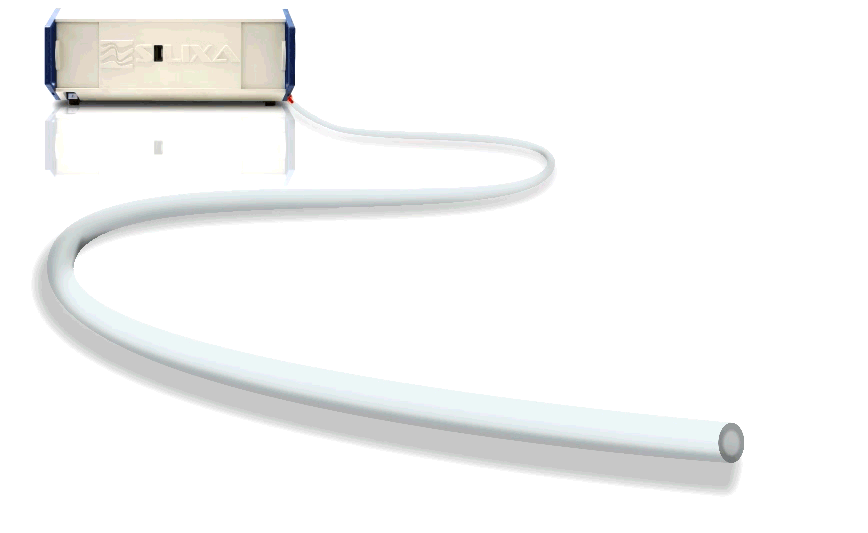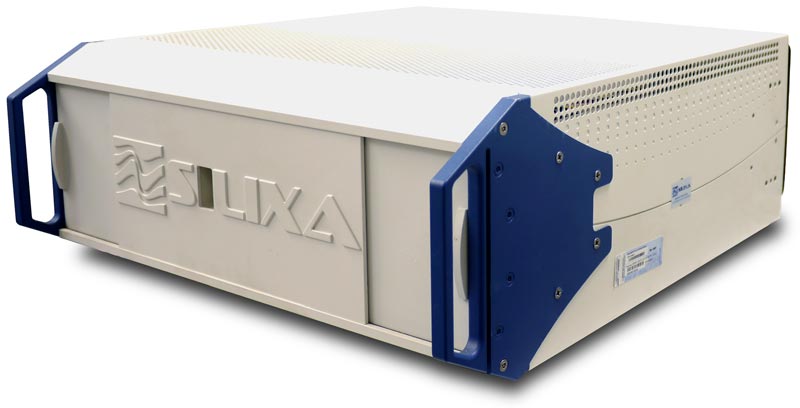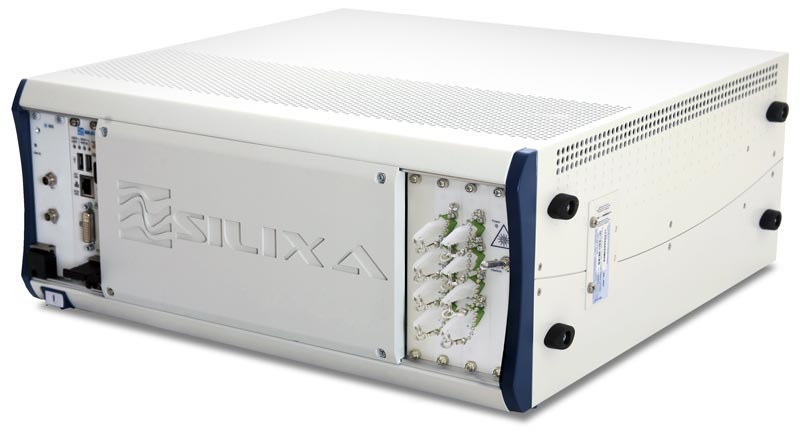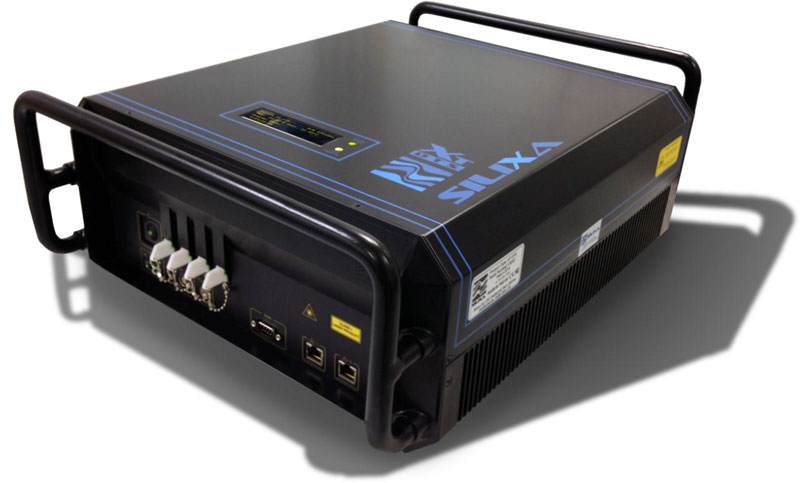Distributed Sensing
HydroResearch started using fibre optics for temperature measurements in 1998. Since then, distributed sensing has developed rapidly. Today, HydroResearch uses distributed sensing for acquiring temperature, acoustic and strain data. Together with our partner Silixa, which is the leading manufacturer of distributed sensing systems, we provide temperature and acoustic sensing systems. If you are interested in this technique for your application, please contact us.
What is distributed sensing?
Distributed sensing is a technology that utilises the optical fibre as the sensing element. Measurements are done in real-time along the entire length of a fibre optic cable. The interrogator sends out a series of light pulses into the fibre. Back-scattering occurs along the fibre, and the interrogator gathers the return signal. As the speed of the light is known the origin of scattered light can be determined. This enables measurements at all points along the fibre.
Distributed sensing has a lot of advantages. Since the optical fibre is the sensor itself it is cost effective compared to point sensor if you want to monitor long lengths with high spatial resolution and it can easily be deployed even in the harshest and most unusual environments.

Temperature
For permanent monitoring we recommend Silixa Ultima™ DTS. The Ultima DTS range offers the finest temperature and spatial resolutions, from 0.01°C and 35cm. The range can be up to 35km for each channel, either 4 or 8 channels. More information available at Silixa Ultima DTS.
For harsh enironment, we recommend Silixa XT-DTS™, which can operate in temperatures from -40°C to +65°C; on solar or wind power without compromising the superior accuracy and reliability. The XT-DTS has 4 channels and has a range of 10 km. More information available at Silixa XT-DTS.
Acoustics
Silixa’s intelligent Distributed Acoustic Sensor (iDAS™) records simultaneous measurement of acoustic amplitude, phase and frequency at every metre along 10s of kilometres long fibre, both singlemode and multimode. It has a frequency range from less than 1mHz to over 100kHz with a dynamic range of 120 dB. The performance of the iDAS allows for numerous application. More information available at Silixa iDAS.



